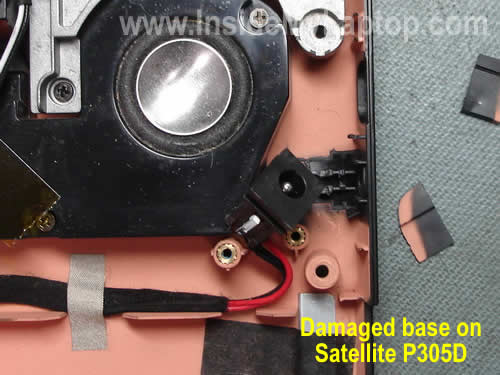- Joined
- 18 Oct 2002
- Posts
- 5,586
- Location
- Stone, Staffordshire
OK I've been to ******s and grabbed the power socket, a soldering iron and some other bits and will tackle this tonight!
OK I've been to ******s and grabbed the power socket, a soldering iron and some other bits and will tackle this tonight!
if you have an old graphics card or mobo or a broken vcr or something lying around do some 'tests' on that to get a 'feel' for the iron, and the technique.
Did you get some solder braiding to remove the solder and/or a solder sucker?




Put it to resistance and measure the resistance - 0 = connection, blank = no connection i.e. infinite resistance.
I know nothing about the theory behind it either, but they do blow.
Stick a 19v, 6.32a psu in a 3.42a laptop and pop.
I thought it was the same as desktop psu's, as in, it'd have max ampage for the rail etc, but i've had quite a few die.

What goes where?
1. Take the new socket, not yet soldered in to the laptop.
2. Take the multimeter, set it to "V |: 20" (not "V ~ 20").
3. If required plug the black lead into "COMM" on the multimeter, and the red lead into "V/Ω/mA".
4. Press the red lead against the centre terminal on the new socket, and the black lead against one of the outer terminals.
5. If the reading on the multimeter is negative (probably about -18) then the centre pole is negative and needs to be soldered to the black wire inside the laptop.
If the reading is positive (about 18), then the centre pole is positive and needs to be soldered to the red wire inside the laptop.
Testing
1. Does the laptop turn on? (once it's soldered up, there is no less harsh way to test it then to plug it in and go for it).
You must be about 30 minutes drive from me, I will be going home to the Lakes this weekend if the car starts (battery on its way out). If you're not confident doing it I'd be happy to swing by and solder it up for you for a mug of coffee, it's a 5 minute job.

